Transitioning our hybrid portfolio
Springer Nature’s Transformative Agreements are driving the transition to OA

Transformative Agreements (TAs) are key to OA growth. They deliver choice with OA options on 2,100 journals, make the transition easy for researchers and institutions, and allow for a bespoke approach as one size does not fit all.
We are committed to publishing half of our content OA by the end of 2024. How? By being the publisher of choice across all portfolios, including continued growth on our fully OA portfolio, with TAs supporting further transitioning on Springer and Nature.

For librarians
TAs ensure an easy OA workflow, one central payment, increase read and publishing usage.

For authors
TAs make OA an easy option, no payment required, discipline neutral.

For funders
TAs increase reach of authors’ work, enabling country-level flips to OA.

For science and research
TAs drive growth in content, enabling an equitable transition for all disciplines.
Our TAs powered 3x growth in publication of gold OA articles
In 2022, Springer Nature’s TAs published 3x more gold OA articles in Springer Hybrid titles than via authors choosing OA but not being part of a TA.
The increase in agreements has led to OA content in Springer Nature’s hybrid portfolio growing by nearly 40% since 2017.

TAs are enabling country flips and increased usage of authors’ research
Where Springer Nature has a TA in place up to 90% of that country’s output is now OA, enabling country-level flips to OA.
TAs enabled a substantial increase in downloads and usage of authors’ work across the UK, Germany (DEAL) and the US (CDL) in 2022.
UK: Global downloads of Springer TA articles1

DEAL – Germany: Global downloads of Springer TA and fully OA articles2

CDL – USA: Global downloads of Springer TA, fully OA and Nature TA articles3

Source: COUNTER 5 Total Item Requests.
1 Agreement started in 2016. Second datapoint relates to total downloads of articles between 2016 and 2022. ↩
2 Agreement started in 2020. Second datapoint relates to downloads of articles published between 2020 and 2022. ↩
3 Springer TA and fully OA started in Jan 2021. Nature TA started in Aug 2022. Second datapoint relates to TA articles published between 2021 and 2022. ↩
Over 90% of HSS OA content in our hybrid journals is now published via a TA

Our TAs support researchers from over 3,500 institutions globally
First with California
First in Latin America
Largest4 with DEAL (Germany)
First in Africa (Egypt)

- Australia
- Austria
- Canada
- Colombia
- Cyprus
- Czechia
- Denmark
- Egypt
- Finland
- Germany
- Greece
- Hungary
- Ireland
- Italy
- India
- Israel
- Japan
- Malaysia
- Manipal
- Mexico
- Netherlands
- New Zealand
- Norway
- Poland
- Portugal
- Qatar
- Slovakia
- Slovenia
- South Africa
- Spain
- Sweden
- Switzerland
- UK
- USA, east and west coast
4 At time of signing. ↩
“We believe that for the general public to understand and have more trust in science, having easy access to research is the first step. We therefore wanted to make sure that everyone can read our work, access and download our data, and study what we did; within a week our paper had been read 32,000 times and almost 80% of our readers belong to the general public!”

Uppsala University Sweden and author of the first OA paper published under the Nature Swedish TA in 2022. The paper, which pinpointed the season that marked the end of the dinosaur era, generated over 700 news stories and has been accessed over 63,000 times to date.
Open Access at Springer Nature

Making research immediately open
OA articles published with Springer Nature are used more than those by other publishers.

Reach and impact of our fully OA portfolio
With over 600 fully OA journals across six imprint brands, we are proud of our world-leading fully OA portfolio.

Why publish OA with Springer Nature
Our authors’ papers benefit from higher use and greater visibility, driving knowledge globally.